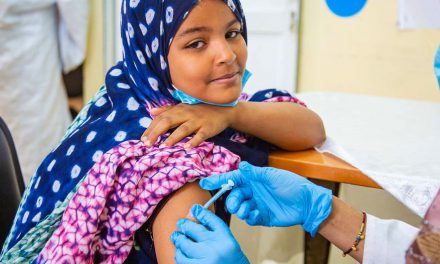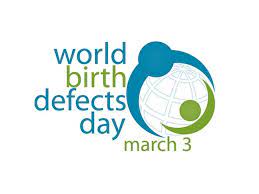A new study published in the Journal of Investigative Dermatology has revealed that melanoma, the deadliest form of skin cancer, develops differently in men and women. The research highlights how the disease’s incidence varies with age and across different parts of the body, offering insights that could help shape future prevention efforts.
The study, led by Dr. David C. Whiteman from the Cancer Control Group at QIMR Berghofer Medical Research Institute and The University of Queensland, analyzed over 40 years of melanoma data from three countries with varying melanoma rates: Queensland, Australia (high), the United States (moderate), and Scotland (low). This large-scale analysis examined trends based on sex, age, and anatomic site, providing crucial insights into how melanoma rates differ between men and women over time.
Key Findings: Different Melanoma Patterns Between Men and Women
The research confirmed longstanding observations that melanoma occurs at different rates in men and women. In early life, women tend to experience higher rates of melanoma than men, particularly up to the age of 45. However, after age 65, men surpass women in melanoma incidence, with this pattern intensifying as age increases.
The study also highlighted how melanoma affects different parts of the body based on sex:
- In Women: Melanomas most commonly arise on the limbs, with lower limb melanomas being particularly prevalent. This pattern persists into older ages. Women also show higher rates of melanoma on the upper limbs in early and middle life (up to age 64).
- In Men: Melanomas more frequently develop on the trunk, head, and neck. From a young age, men experience higher incidence rates on these sites compared to women. As men age, the rate of melanoma increases more sharply than in women, especially on the head and neck.
Trends Across Populations
The study found that melanoma rates have increased in all three populations over the past four decades. Notably, the rise has been steeper in women compared to men, particularly in younger age groups. In both sexes, the head and neck have emerged as common melanoma sites as people age, emphasizing the need for targeted prevention in these areas.
Implications for Melanoma Prevention
The findings suggest that the differences in melanoma incidence between men and women may stem from distinct patterns of sun exposure. Men typically experience more sun exposure on the upper body, while women tend to have more exposure on their limbs. However, the researchers also pointed to possible inherent biological differences in how melanomas develop in different parts of the body between sexes.
Dr. Whiteman emphasized the importance of these findings for public health, noting that invasive melanomas are “potentially lethal cancers that are increasing rapidly in incidence.” He called for more research into the underlying biological causes of these differences, which could lead to better-targeted prevention strategies.
“Studies like this one suggest that we may need to target our prevention efforts differently for men and women if we are to be effective in our attempts to control this cancer,” Dr. Whiteman concluded.
A Call for Personalized Prevention
The research offers a potential pathway to more personalized melanoma prevention strategies. Understanding the role of sun exposure, combined with inherent biological differences, could help public health officials tailor campaigns that address the specific risks faced by men and women at different life stages. With melanoma rates continuing to rise globally, this study underscores the need for a gender-specific approach to combat the growing burden of this aggressive cancer.











